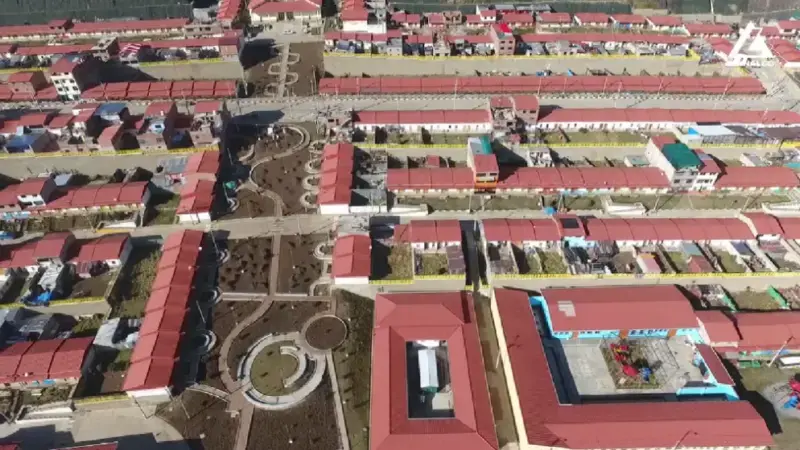- cross-posted to:
- globalnews@lemmy.zip
- climate@slrpnk.net
- collapse@sopuli.xyz
In 2013, Chinese mining company Chinalco (中国铝业集团有限公司) sparked an international conversation about extractive impacts with the news it had successfully relocated an entire Peruvian town of 5,000 residents to clear space for a copper mine. At the time, the relocation project in Morococha, central Peru, was touted as a solution to protect villagers from pollution and environmental degradation as a result of mining practices, and as a potential template for Chinese overseas investment in Latin America.
Ten years later, experts describe the move as a “tragedy.”
[…]
Many residents and environmental activists argue that the company has failed to honor its promises. A 2019 study by the National University of Central Peru revealed that most of the population of New Morococha believes their economy, job stability, and access to social benefits promised by Chinalco have not been fulfilled.
[…]
Since 2013, 96 percent of the residents in Old Morococha have been compelled to relocate to a flood-prone wetland area, which is also isolated from the central highway. The situation is even worse for some 20 families who have refused to resettle.
“The remaining families in Old Morococha are facing daily harassment from the Chinese mining company Chinalco,” Borda said. “Every day, they are destroying the few houses of the settlers, until the last brick disappears.”
[…]
According to the Geological, Mining, and Metallurgical Institute of Perú (INGEMMET) 2017 report, the city of Old Morococha faces an “imminent, non-mitigable danger” due to severe risks, including visible structural damage, proximity to mining waste and tailings, and ongoing seismic hazards exacerbated by active mining operations. The combination of these factors renders any mitigation efforts ineffective, underscoring the extreme vulnerability of the area.
[…]
[The Ingemmet report] concluded that frequent floods and liquefaction of soils caused by earthquakes may affect the safety of residents living in buildings of New Morococha, where most urban facilities, including schools, religious temples, and health centers, were built within 26 months between 2010 and 2012. The report said the company has not yet informed residents of what they would do to mitigate those risks.
[…]


